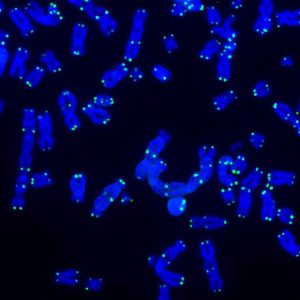
Researchers at Shanghai Jiao Tong University School of Medicine, China, have discovered that shutting down part of the innate immune system increases anti-tumor activity.
In a paper, “Noncanonical MAVS signaling restrains dendritic cell–driven antitumor immunity by inhibiting IL-12,” published in Science Immunology, the team details how exploring the role of mitochondrial antiviral signaling in tumor immunity uncovered unexpected insights into the relationship with immune responses and potential therapeutic implications.
Mitochondrial antiviral-signaling (MAVS) proteins are part of the innate immune system encoded by the nuclear genome found mainly on the mitochondrial outer membrane...
Read More








Recent Comments